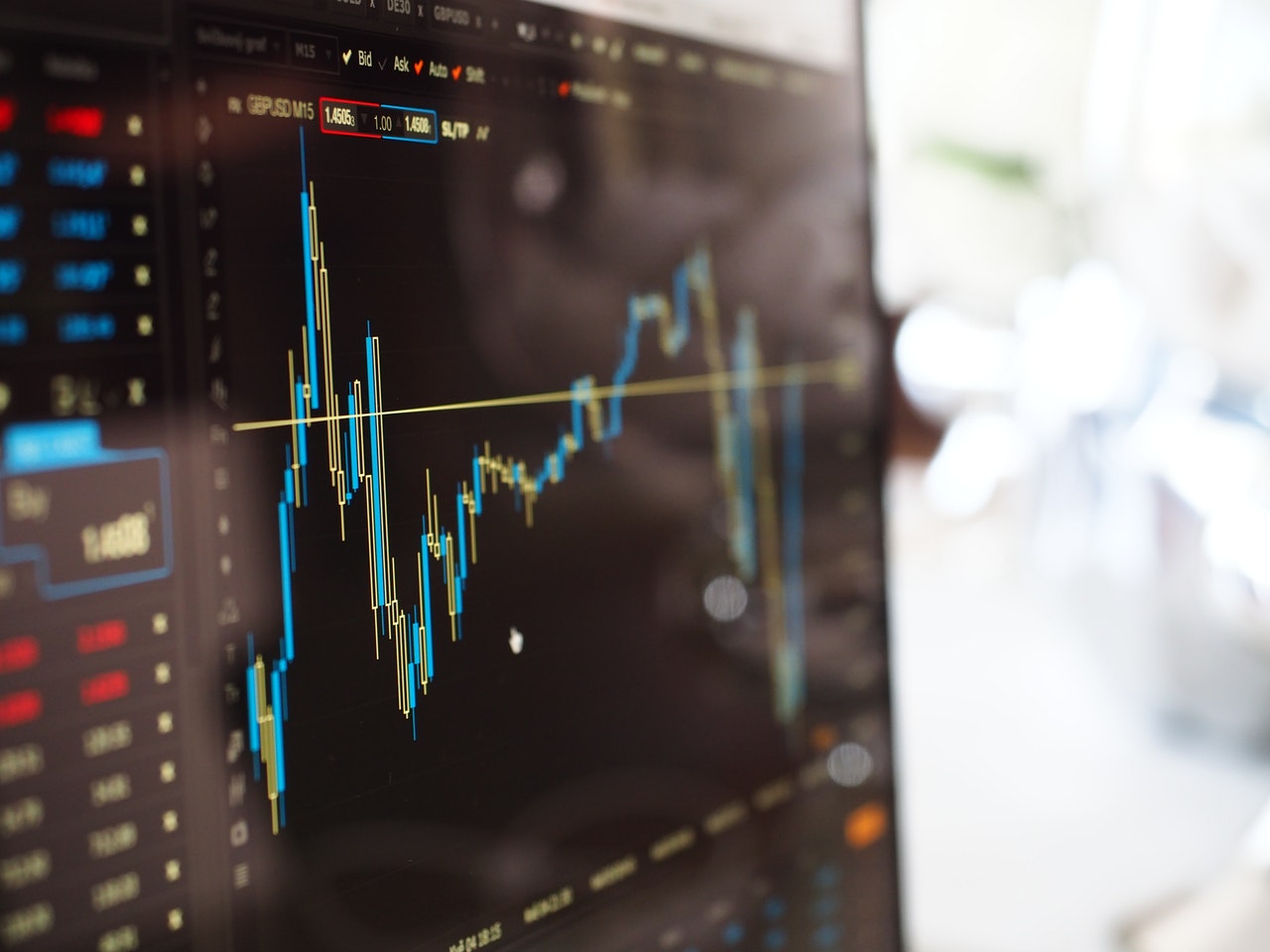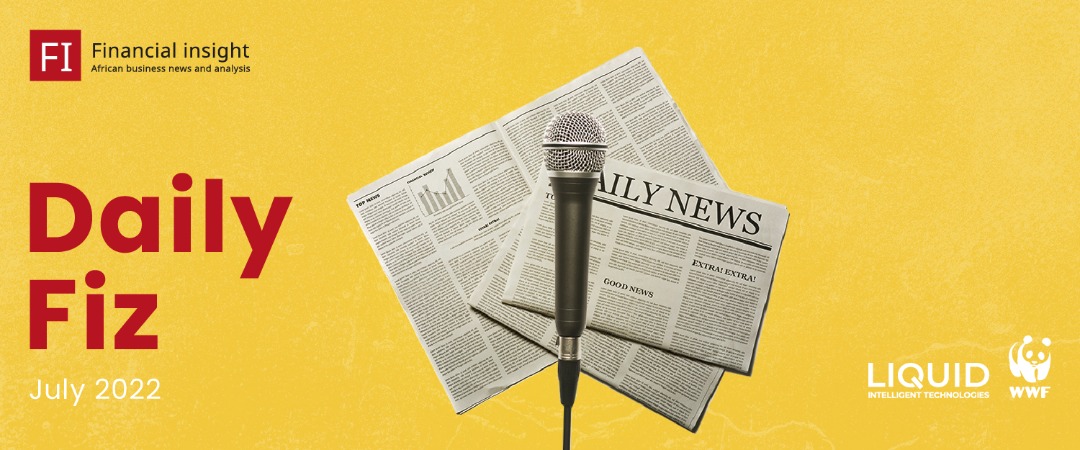After the economic depression of 2014 to 2015 and the exogenous macro environment of the same period, some companies on LuSE were at pains to pay dividends. A review of annual reports from most listed companies indicate that the discussion of dividend policy is an important issue at the annual general meeting. For those companies that have had poor performance however, declaring one has been a non-starter due to negative earnings year on year.
Justin Fox and Jay W. Lorsch in their “What Good Are Shareholders?” 2012 Harvard Business Review article make the compelling argument that many shareholders complain, with justification, of executives who pocket staggering paychecks while delivering mediocre results. They further argue that boards are stuck in the middle—under increasing pressure to act as watchdogs and disciplinarians despite evidence that they’re more effective as friendly advisers. We are convinced that this position will be evident at annual general meetings of premier companies who have not declared dividends in sometime. For the dividend inspires confidence that the shareholder wealth continues to grow and he or she is rewarded from time to time. Alternately, it is also important that shareholders consider the long game when investing in premier companies on LuSE. The story of the going concern is a never ending one. We have continued with this belief from the moment we first published.
However,dividends also send an important signal to investors in how management sees the prospects of the company. Researchers argue that for companies that suffer bounded rationality, share buy backs become options to improve earnings per share performance. Therefore, it becomes relevant for the shareholder to know what the company’s plowback ratio is. According to Investopedia, the plowback ratio in fundamental analysis measures the amount of earnings retained after dividends have been paid out. It is sometimes referred to as the retention rate.Conversely, the opposite metric, measuring the amount of dividends that are paid out as a percentage of earnings,is known as the payout ratio. The astute shareholder will see signals of this in the financial statements of the annual report. Furthermore, patterns of behavior of the management team in this regard can be decoded when year on year financials are considered.
The Financial Insight of Zambia Company at its launch on 9th May 2017 at Intercontinental Hotel in Lusaka signaled to the Zambian stock market that it would be making a 2000 British Pound Sterling into the market. They did not disclose which companies they would be targeting or whether dividends would influence their portfolio creation decision. However it is believed they will be writing letters to the CEOs of the targeted companies announcing their arrival in the market. We believe this company means no harm, but will have something to say at their next annual general meetings.







